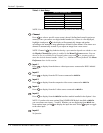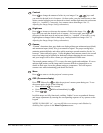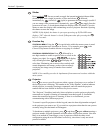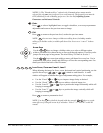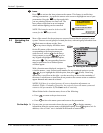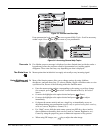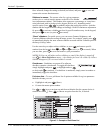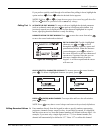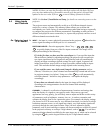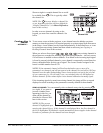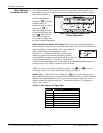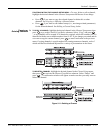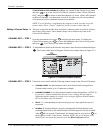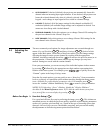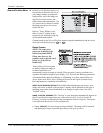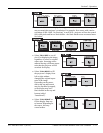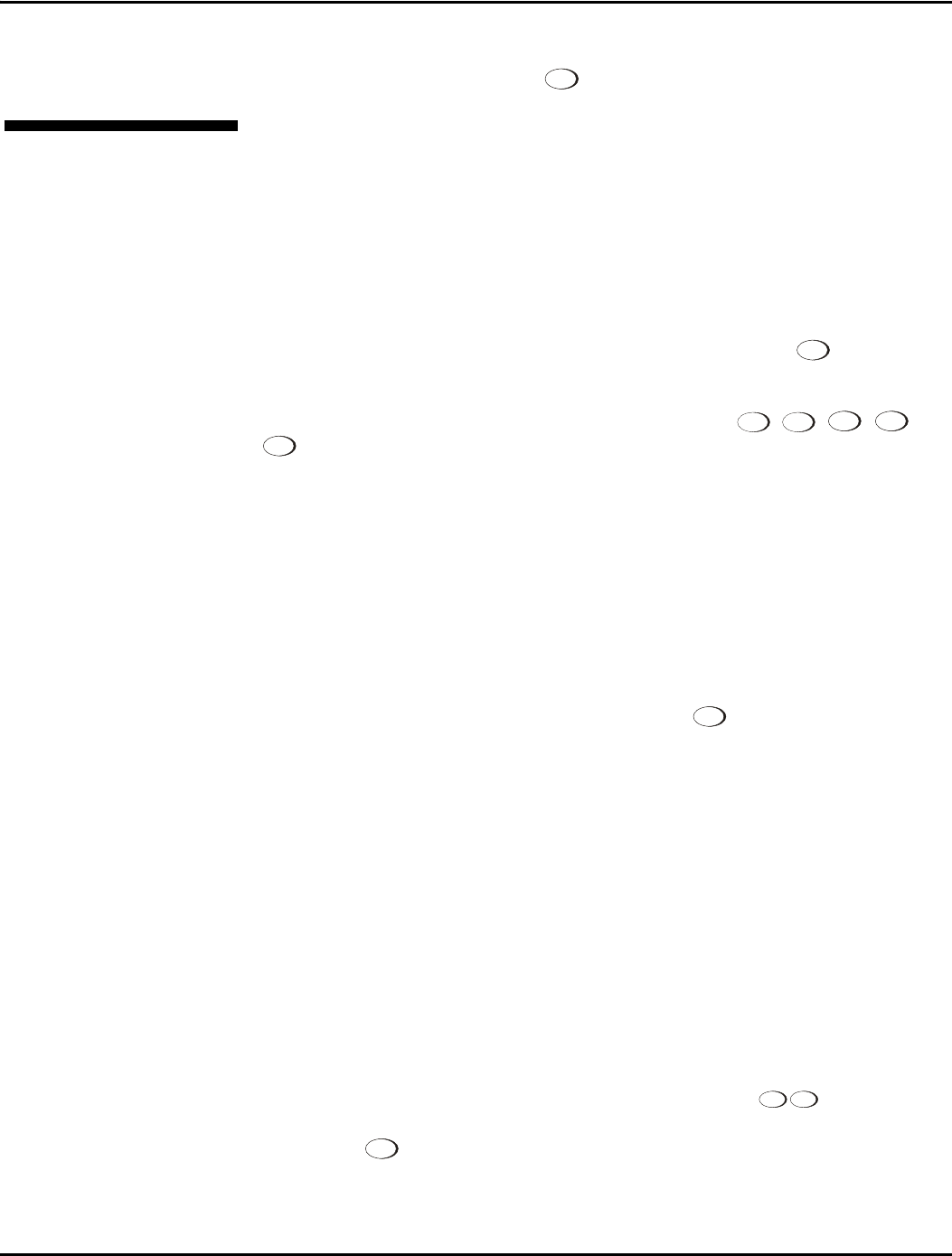
Section 3: Operation
3-14 Christie DS+60/DW30/Matrix 3000 User’s Manual 013-100149-02 Rev. 1 (01/07)
NOTES: 1) Once you enter the first digit, this digit replaces all old digits. 2) If you
press any non-numbered key, the number entered up to that point is accepted and
updated as the new value. 3) Press
Exit
to cancel editing of numerical values.
NOTE: See Section 2, Installation and Setup, for details on connecting sources to the
projector.
The projector stores and automatically recalls up to 50 different channels (source
setups) for a variety of inputs. This memory feature allows you to define and
conveniently use a wide variety of customized setups rather than having to repeatedly
re-configure the projector for different presentations. Depending on what you have
defined, each physical source connection (i.e., input at the projector) can have several
different channels associated with it.
INPUT – An input is a source physically connected at the projector.
Input
describes the
source signal according to which input slot it is connected.
SWITCHING INPUTS – Press the appropriate “direct” key —
Input 1
,
Input 2
,
Input 3
,
Input 4
,
Input 5
to quickly display from one of the five inputs connected. The image will be
displayed according to the following:
If it is the first time you have used the source/input (or if you used the input but
did not define a channel by adjusting anything), the projector will recognize the
new input signal based on its frequencies and polarities, and will automatically
display an image according to default settings for such a signal. In general, the
image from the new source will be as large as possible without losing its aspect
ratio. This and other default image settings depend on the incoming source.
If you used the source once before and changed a display parameter such as
contrast, V-Position, etc., then a channel was automatically created and still exists
in projector memory (see below). Using one of the
Input
keys will automatically
recall this channel—and all its setup parameters—and update the display
accordingly.
If more than one channel exists for the input, the image will be displayed
according to the setup parameters for the first channel with matching
characteristics.
CHANNEL - A channel is a collection of measurements, locations and settings that
tailor the display of a signal to your specific needs. Since source types and
applications can vary greatly, you will likely want to adjust and define a wide variety
of parameters, such as brightness, contrast, size, etc., in order to customize and
optimize the display from or for a particular source. For example, the display settings
you choose for a VCR source may be very different from those you choose for a high
resolution computer source, or one signal may simply vary from another signal used
previously through the same input location. Once you have adjusted a display
parameter, such as pixel tracking or contrast, all current settings are collectively stored
in the projector's memory as a unique 2-digit channel, such as
09
. You can have
numerous distinct channels available for the same input, any of which can be selected
by using the
Channel
key on the keypad followed by the 2-digit channel number.
3.4 Using Inputs
and Channels
Do I Select an Input f
Or a Channel?



